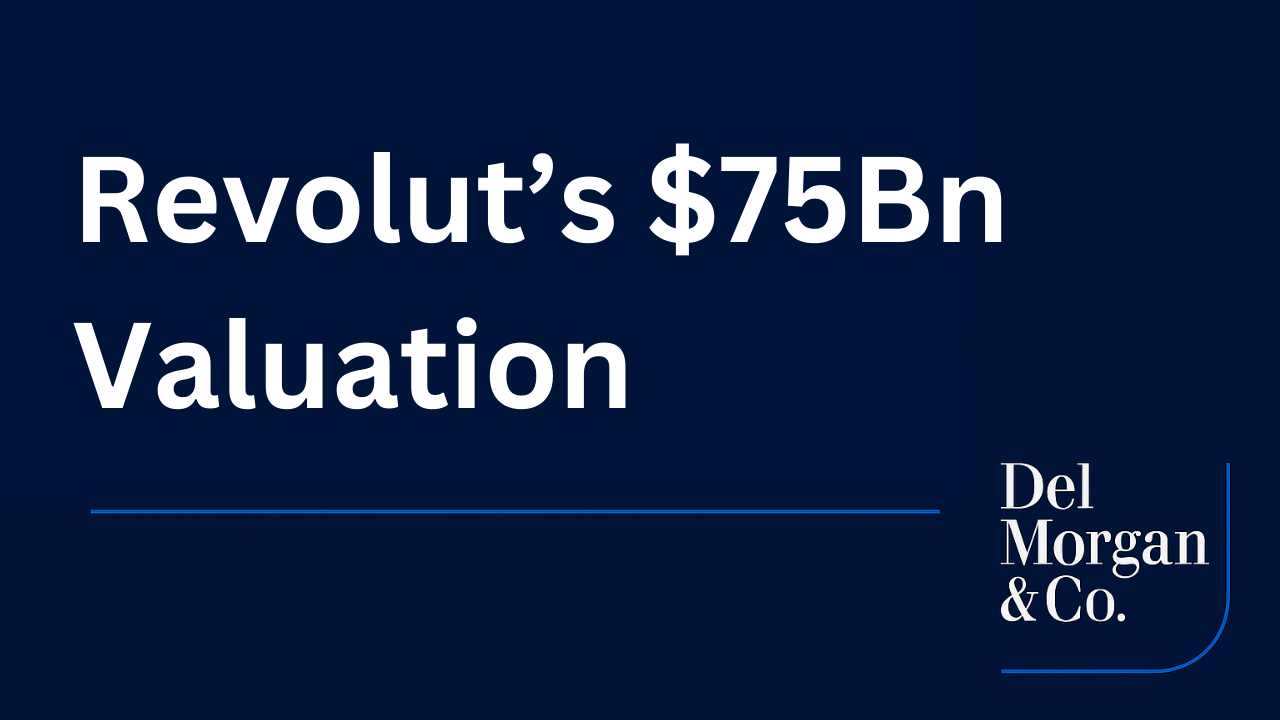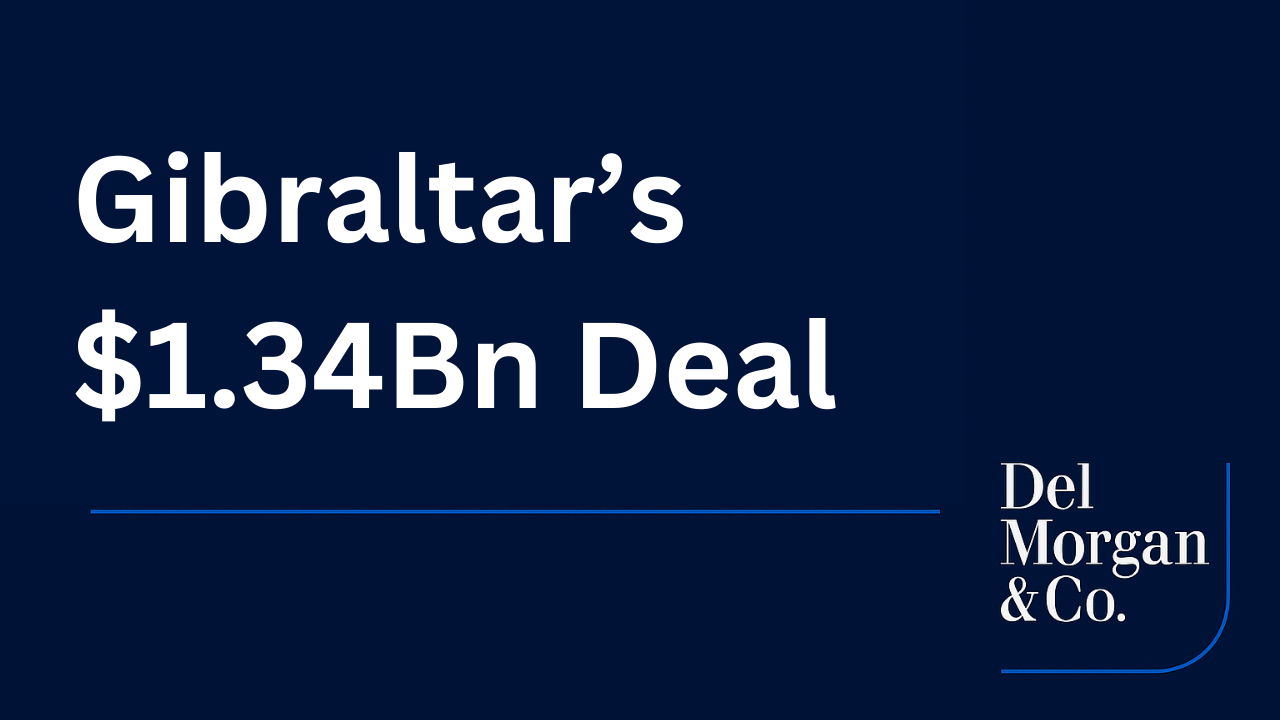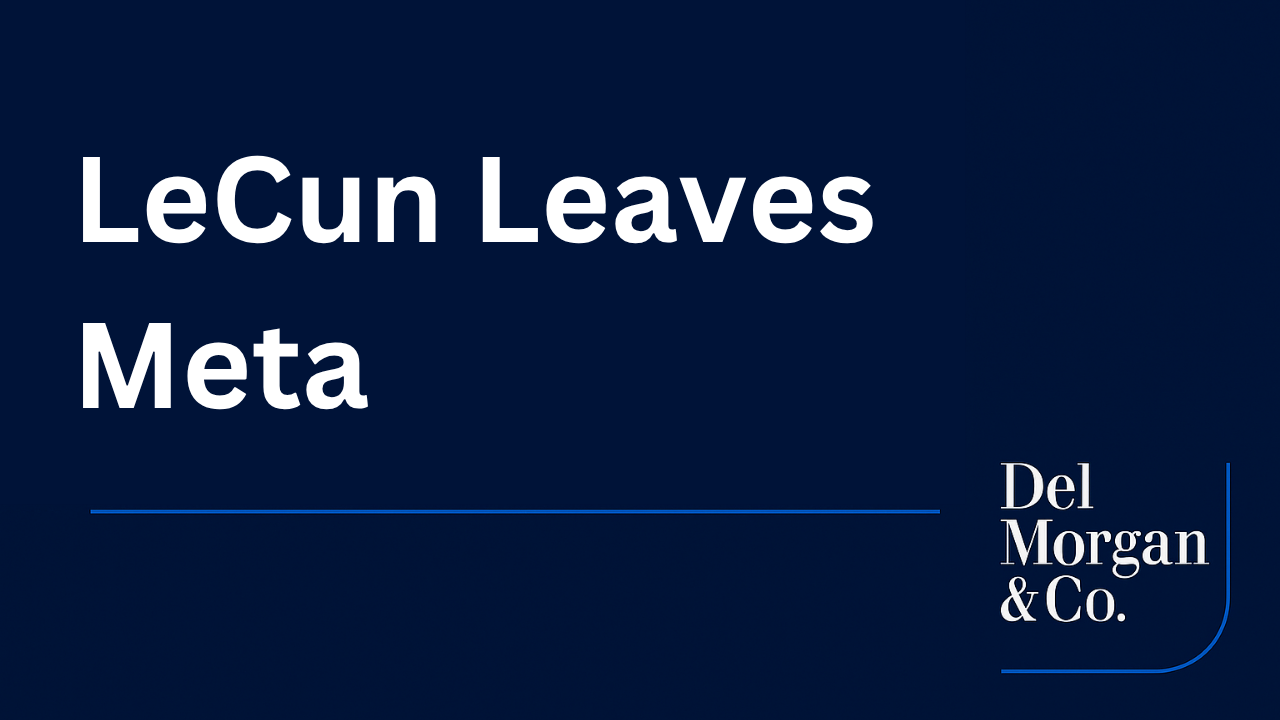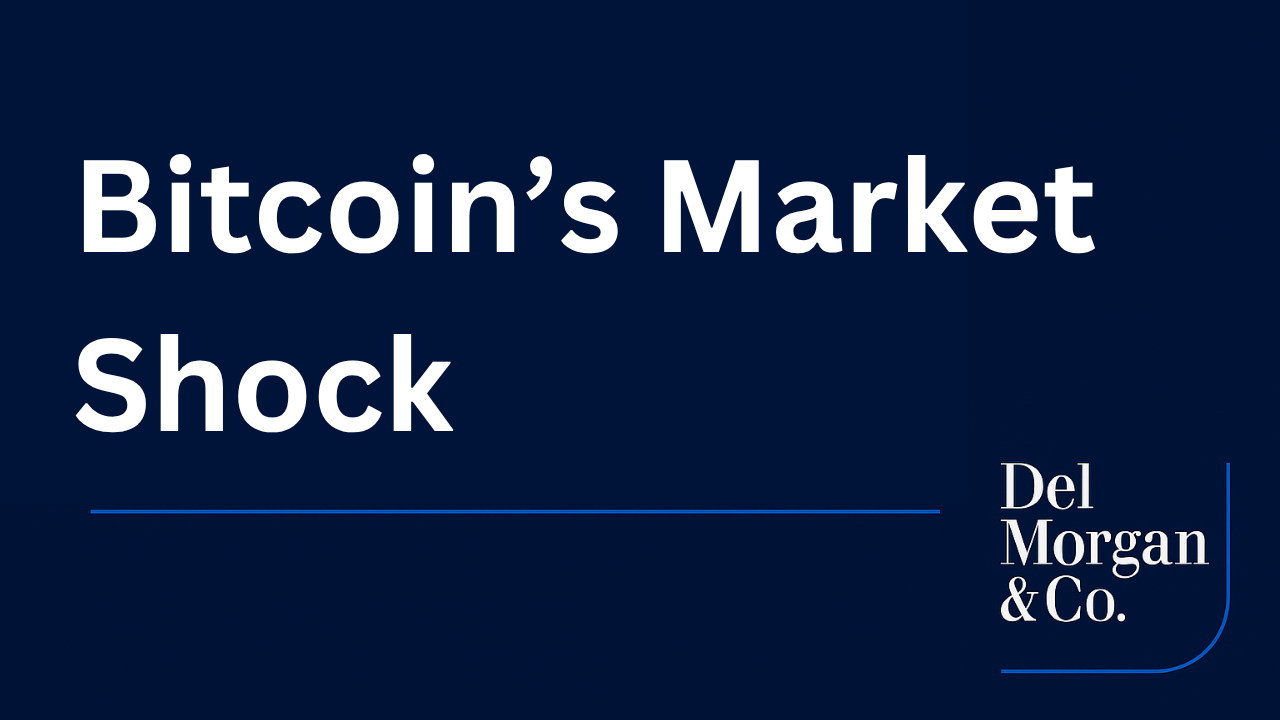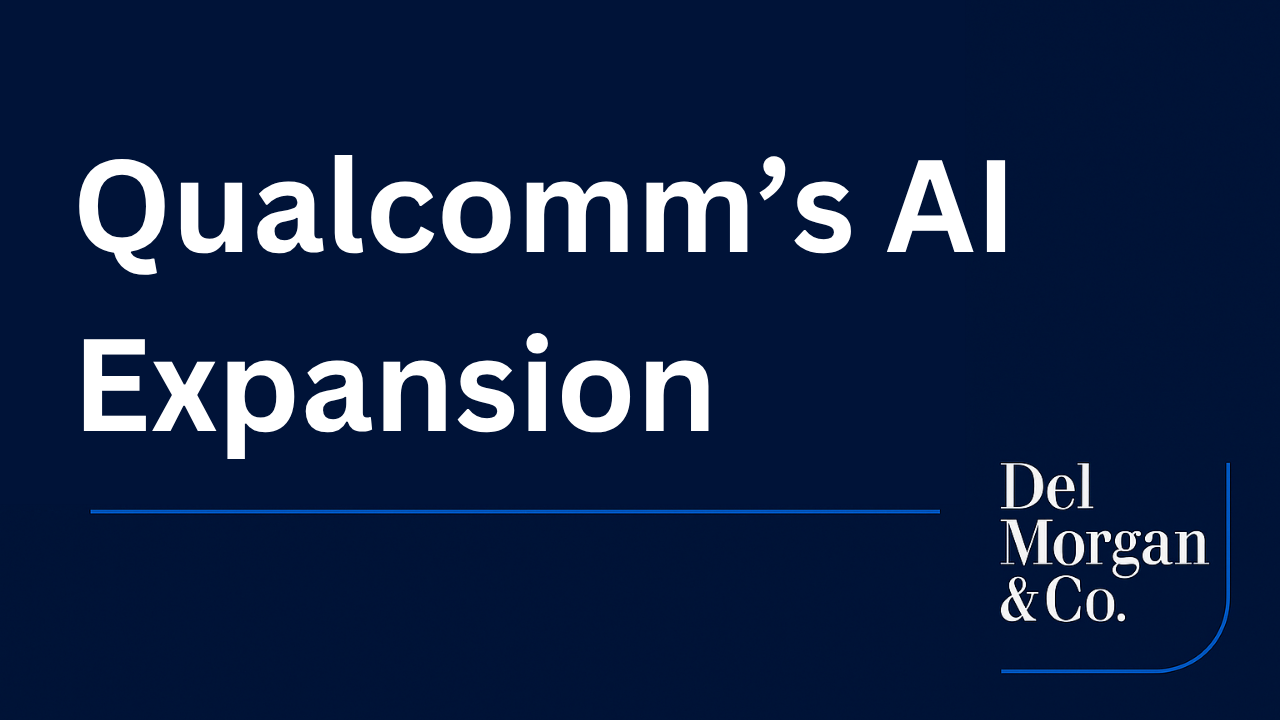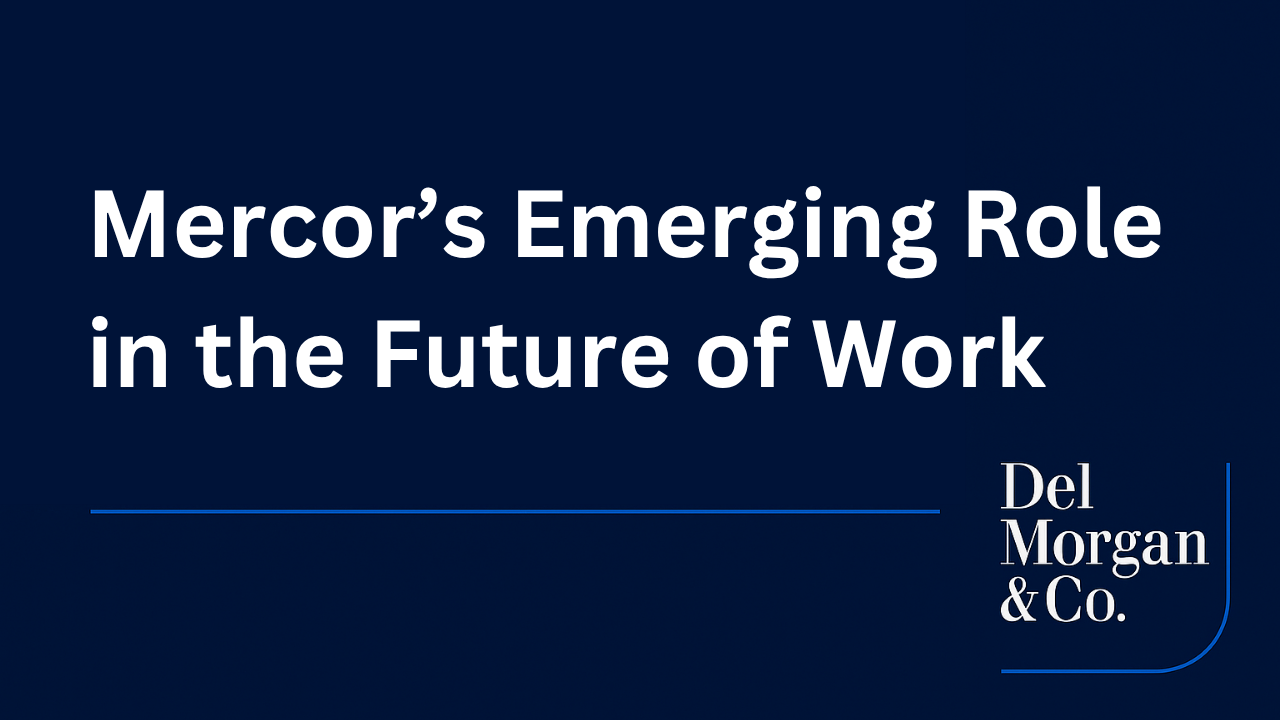Executive Summary
Sustainability has evolved from a niche consumer preference into a structural economic force reshaping cross-sector dynamics. Household adoption of green technologies and sustainable behaviors is driving capital reallocation, valuation recalibrations and product innovation. Concurrently, policy frameworks – through incentives, subsidies and regulations – are cementing sustainability as a core market driver. This DelMorgan report analyzes the financial architecture and market implications of key sustainability trends, spanning electric vehicles (EVs), residential solar, reusable consumer goods, minimalist wardrobes and refillable personal care products. We assess household-level economics, public equity performance, retail earnings, capital expenditure (CapEx) shifts and long-term investor strategies.
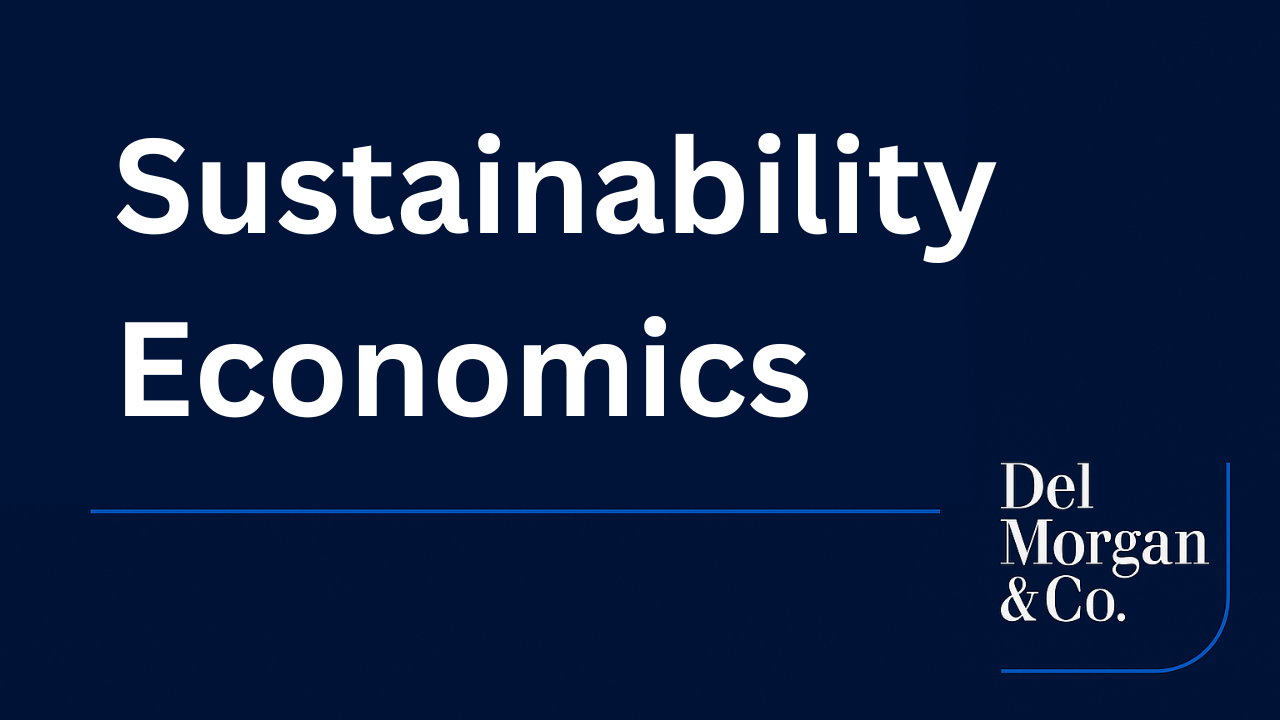
Capital Deployment: Solar
Rooftop solar demand remains robust, propelled by escalating utility costs and environmental priorities. Installation costs range from $15,000-$25,000 pre-incentives, with the 30% federal Investment Tax Credit (ITC) providing significant tailwinds. In high-utility-cost states (e.g., California, New York), lifetime savings can exceed $20,000, offsetting higher financing costs in a rising-rate environment.
Market dynamics reflect strong growth across the solar value chain, including installers, inverter manufacturers, battery storage providers and financiers. Public equities such as Enphase Energy and SolarEdge have faced volatility in 2024–2025 due to elevated borrowing costs, yet secular growth themes and supportive climate legislation underpin the sector’s resilience. We project sustained CapEx in energy storage and grid integration, with long-term upside tied to policy continuity.
Capital Deployment: Electric Vehicles
EV adoption has surpassed 8% of U.S. new vehicle sales, accelerated by regulatory mandates and fuel cost arbitrage. Despite average transaction prices (ATPs) above $53,000, total cost of ownership (TCO) remains competitive due to lower fuel and maintenance expenses. However, affordability barriers and uneven charging infrastructure constrain penetration, especially in lower-income and rural segments.
The EV transition poses CapEx-intensive challenges for legacy Original Equipment Manufacturers (OEMs) such as Ford and GM, which face margin pressure amid cost-parity hurdles. New entrants (e.g., Rivian, Lucid) continue to incur losses during scale-up, with valuations sensitive to cost volatility of inputs (lithium, cobalt, nickel) and geopolitical supply chain risks. Investor appetite remains robust, but near-term profitability concerns and macroeconomic headwinds are tempering the upside.
Reusable Products: Microeconomic Shifts, Macro Brand Impact
The rise of reusable consumer goods – e.g., Stanley Cups, Hydro Flasks, Owala bottles and refillable household containers – illustrates sustainability’s ability to drive pricing power and volume growth. Retailing at $30-$60, these products command substantial premiums over single-use alternatives, with break-even periods as short as six weeks for reusable bottles.
Consumer adoption is fueled by sustainability narratives and social signaling rather than pure financial efficiency. Viral product cycles amplify top-line growth for brands with credible eco-positioning, particularly among Gen Z and millennial cohorts. However, long-term environmental impact hinges on consistent consumer behavior. From an equity perspective, companies leveraging sustainability narratives attract increasing allocations from ESG-focused institutional capital, though greenwashing risks – via litigation or shareholder activism – warrant caution.
Low-Cost Trends with Structural Upside: Recommerce and Capsule Wardrobes
The formalization of thrifting via resale platforms (e.g., ThredUp, Poshmark) aligns with inflation-conscious spending and Gen Z’s value-driven preferences. Secondhand apparel offers 60%-90% savings, reducing landfill waste while disrupting traditional retail. According to ThredUp’s 2025 Resale Report, the U.S. secondhand market is projected to reach $70 billion by 2028.
Recommerce introduces deflationary pressure in discretionary retail, posing risks to apparel brands’ market share while opening opportunities for brand-owned resale programs. Investors are monitoring resale integration into retail value chains, with implications for revenue diversification and margin stability.
Capsule Wardrobes
Capsule wardrobes – curated collections of versatile, durable garments – are reducing fast-fashion consumption, saving consumers $500–$1,000 annually while curbing textile waste. This shift toward quality over quantity elevates demand for premium and performance apparel (e.g., Lululemon, Patagonia, Everlane), pressuring fast-fashion players to adapt SKU strategies and durability standards. Luxury and sustainable brands are well-positioned to capture share, leveraging longevity as a value proposition.
Refillable Personal Care: Sustainability as Brand Loyalty
Refillable beauty and personal care products (e.g., Glossier, Fenty, Kjaer Weis) combine sustainability with customer retention. Starter kits ($18-$30) and refills ($12-$20) achieve cost parity after 3-5 cycles, though adoption is constrained by brand fragmentation and refill accessibility. For consumer packaged goods (CPG) firms, refillable packaging reduces plastic usage, enhancing ESG ratings and regulatory compliance.
In response to pressures for enhanced climate disclosure, packaging innovation is emerging as a potential differentiator in risk-adjusted equity performance. CPG companies that balance sustainability with unit economics may have an advantage, particularly in ESG-weighted portfolios.
Green Signaling and Investor Scrutiny
Green signaling – marketing products as sustainable without substantive impact – proliferates in categories such as bamboo utensils and compostable cases. While these products may appeal to eco-conscious consumers, excessive purchases dilute environmental benefits. Financially literate households are increasingly scrutinizing TCO, substitution value and usage frequency, mirroring institutional investors’ demand for lifecycle emissions data and materiality assessments.
Greenwashing now carries material risks, including possible shareholder litigation and regulatory penalties. High-profile cases underscore the need for verifiable sustainability claims, with implications for brand equity and cost of capital.
Conclusion: Balancing Cost, Impact, and Resilience
Sustainability is reshaping household budgets, corporate strategies and capital markets. High-CapEx trends such as solar and EVs require policy support and long-term horizons to realize financial returns, while low-cost behaviors – recommerce, capsule wardrobes, refillables – offer immediate upside and broader accessibility. For investors, these dynamics can influence margin profiles, total addressable market (TAM) estimates and ESG scoring methodologies.
As macroeconomic conditions tighten and sustainability expectations intensify, resilient strategies will prioritize measurable, cost-efficient outcomes over narrative-driven positioning. Equity analysts, allocators and policymakers must navigate these tradeoffs to capture value in a resource-constrained era.
About DelMorgan & Co.
With over $300 billion of successful transactions in over 80 countries, DelMorgan’s Investment Banking professionals have worked on some of the most challenging, most rewarding and highest profile transactions in the U.S. and around the globe. In the upcoming year we expect more high-quality deal execution for more clients and welcome the opportunity to speak with companies interested in potentially selling their businesses or raising capital.
